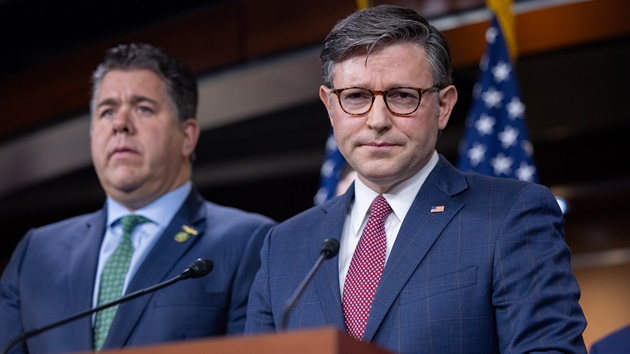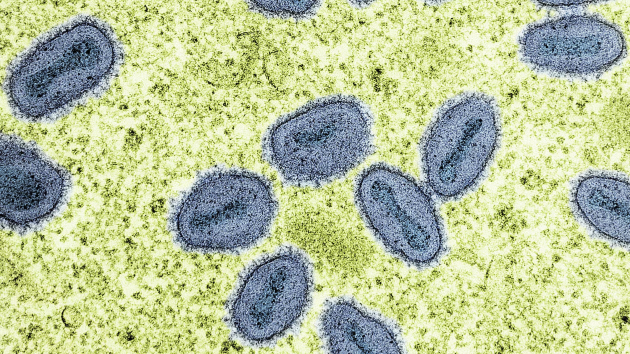Public health leaders warn dwindling COVID data risks less preparation for ‘the next outbreak’
Written by ABC Audio ALL RIGHTS RESERVED on May 4, 2023

(NEW YORK) — While COVID-19 ebbs — and many of the pandemic-era policies on surveillance data and funding wind down with it — the nation’s public health leaders warned senators on Thursday that a return to “normal” should not mean forgetting the hard lessons learned over the last three years.
When the federal government’s public health emergency expires next week, COVID-19 data collection tools will also end. Those tools have been described as vital to staying vigilant and preparing for emerging health threats.
“Infectious disease threats have been emerging at an increased pace and are increasingly complex,” Centers for Disease Control and Prevention Director Rochelle Walensky told the Senate Health, Education, Labor, and Pensions (HELP) Committee. “These diseases don’t respect national or state borders, and the increased frequency of outbreaks means that we should not be asking if we will face another serious public health threat — but when.”
Though “for many life has turned to normal after three years of COVID-19,” Walensky said it’s the mission of public health to “remain response-ready to protect Americans from any resolving or emerging health threat,” which can only be done by “actively supporting the core capabilities of public health.”
Thursday’s hearing was part of the process to reauthorize the Pandemic and All-Hazards Preparedness Act, which was first signed into law in 2006 and has been regularly reauthorized since then.
“The approaching end of the public health emergency once again reminds us that policy changes and funding are essential to the readiness of future bio-threats. The CDC will continue to closely monitor COVID-19 and provide the information to which we have access,” Walensky said.
She and other panelists emphasized that caveat: The limited access to data that comes along with a return to “normal” threatens to kneecap future surveillance efforts.
“We will adapt to limitations and utilize tried-and-true systems to monitor other respiratory diseases, to keep our eye on COVID-19,” Walensky said, “but there are data we will no longer have available because they will no longer be submitted to us. For example, certain data for a national picture of health disparities both for race and ethnicity and along urban and rural lines.”
“We will make do,” the CDC director said. “However this should worry us all, primarily because of what it says about the visibility we will have into the next outbreak. We will be back to square one — having to build and negotiate surveillance capacity while we fight a pathogen.”
Dawn O’Connell, the U.S. Department of Health and Human Services’ assistant secretary for preparedness and response, said that the U.S. actually was more prepared for COVID-19 than it would’ve been for other types of pandemics because of two prior respiratory outbreaks.
Neglecting to further that work would put the country at a big risk, O’Connell said.
“This is one of my biggest worries, is that we are losing time in preparing for the next pandemic,” she said. “I know it doesn’t feel like it, but the one place we were lucky when it came to the coronavirus is we had already done a lot of the early work on that because of SARS and MERS. We need to get the same head start.”
That’s something some senators looked to explicate in their line of questioning, with Sen. Bernie Sanders, I-Vt., interjecting: “Are you telling us that we have not done the kind of work you would like to see done in preparation for what might be coming?”
“Correct,” O’Connell said.
Another tragedy briefly cast a shadow over Thursday’s hearing, as Walensky opened her remarks by noting that one of the CDC’s employees was killed Wednesday in a mass shooting in Atlanta.
Amy St. Pierre “was a valued member of our team at the Division of Reproductive Health where she worked every day to save the lives of mothers and infants,” Walensky said.
Copyright © 2023, ABC Audio. All rights reserved.
 KVSP
KVSP 



